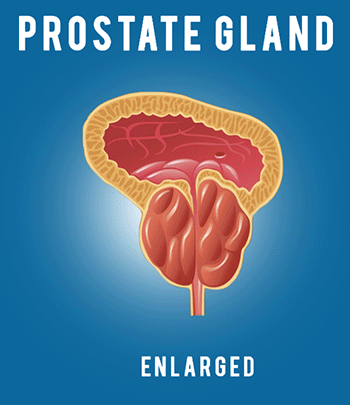Asthma, Animation.
Asthma is a chronic respiratory condition where the airways in the lungs are inflamed and narrowed causing breathlessness, wheezing, chest tightness and coughing. Symptoms come as recurrent episodes known as asthmatic attacks most commonly at night or early in the morning. Asthma is usually diagnosed in childhood and lasts for life. The lungs contain millions of air tubes or airways, called bronchi and bronchioles, which bring air in and out of the body. The airways have a layer of smooth muscle in their wall which enables them to constrict or dilate. In response to the body’s higher demand for air, such as during exercises, the airways dilate to increase air flow. In the presence of pollutants in the air, the airways constrict to prevent the lungs from being polluted. In people suffering from asthma these airways are inflamed, narrowed and become more sensitive to certain substances. Asthmatic attack, or exacerbation, happens when the airways react to these substances. During an attack, the smooth muscle contracts, squeezing the airways, making them even narrower; mucus secretion is also increased which further obstructs the airways. Asthma is most commonly considered as an inflammatory response disease where the body’s immune system over-reacts to certain environmental agents. Causes of asthma are complex and not fully understood but likely involve a combination of genetic and environmental factors. Family history is a known risk factor for asthma. There are at least over twenty genes associated with asthma of which many are involved in the immune system. Most people who have asthma also have allergies. Many environmental factors such as air pollution, chemicals, smoke, and allergens have been associated with development of asthma or triggering of asthmatic attacks. Triggers are factors that initiate the attack. These can be very different from person to person. Common triggers include: – allergens, such as pollen, animal fur, pet dander, sulfites in preserved food.. – irritants, such as cigarette smoke, industrial chemicals, dust, household chemicals,.. – medications, such as aspirin, beta blockers,.. – physical activities, exercises. There is no cure for asthma. The most effective way to manage symptoms is to identify the triggers of asthmatic attacks and avoid them. There are two main classes of medication: – Bronchodilators – substances that dilate bronchi and bronchioles – are used as short-term relief of symptoms. – Inflammation moderators such as corticosteroids are taken as long-term treatments. Asthma inhalers are used to deliver the medication to the lungs. A number of conditions tend to occur more frequently in people with asthma and should be taken into account when treating asthma: – Allergies, such as eczema and hay fever. These individuals are considered hyper-allergic – they have high tendency to develop allergic reactions. The combination of these conditions is known as atopy or atopic syndrome. Immunotherapy may be recommended for this group of patients. – Gastroesophageal reflux disease or GERD – a condition in which stomach acid backs up and damages the mucosal lining of the esophagus. GERD may worsen asthma symptoms and medications for asthma often worsen GERD symptoms. Treating GERD usually improves asthma and must be included in an asthma treatment plan. – Obstructive sleep apnea or OSA – obstruction of the airway at the throat level during sleep. Asthmatic patients are at higher risks of developing OSA. The mechanism of this association is largely unknown. – Sinusitis: inflammation of paranasal sinuses. Sinusitis commonly worsens asthma symptoms and makes treatments less effective.


